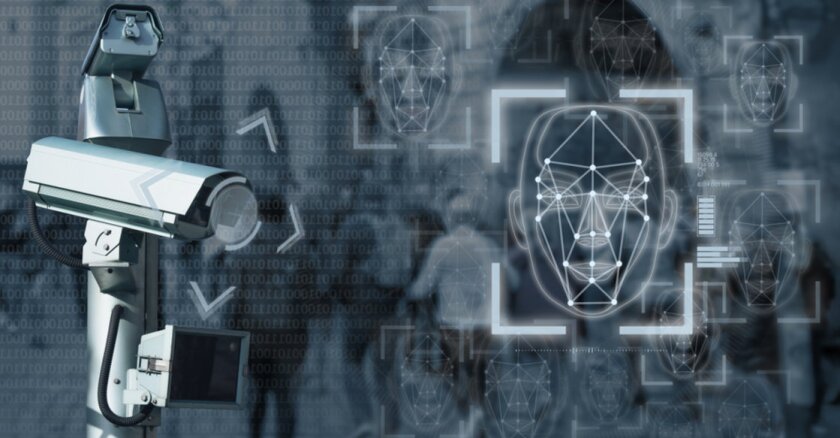As recently as December, it seemed possible the Port Commission would consider not allowing the rollout of biometric technologies like facial-recognition cameras at Sea-Tac.
Now, commissioners and staff have acknowledged in recent meetings their hands are tied because federal national security agencies are able to bypass the Port and implement those technologies themselves.
“The choice is not whether to execute biometric air exit,” commissioner Sam Cho said at a February meeting. “The choice is whether we as a port want to take this on, or whether we want to allocate this to CBP (Customs and Border Protection) and the airlines.”
In late January — six weeks after the Port of Seattle declared a moratorium on the rollout of any new biometric technologies while it drafted regulations concerning their use — the federal border agency quietly expanded what it has called a “demonstration” of biometric technology at Sea-Tac from one airline to four.
Rather than let CBP or airlines control the biometric screening program, commissioners said, the Port will be more effectively able to ensure civil liberties are not violated if it manages the cameras.
Commissioners said the Port could ensure cameras capture only one person at a time, install easy-to-understand advisories and set up the program so passengers have to opt in rather than opt out.
But civil-lliberties groups stridently protested the Port’s decision, in part because it “makes a mockery of the purported policy development process,” said privacy advocate Edward Hasbrouck.
In a December meeting approving seven principles governing biometric technologies, Port commissioners signaled that whether to allow any biometric technology to screen departing passengers at Sea-Tac was still up for discussion.
At that point, it seemed possible that the Port would decline to install its own facial-recognition cameras and would prevent airlines and CBP from doing the same. Commissioners placed a four-month moratorium on the rollout of any new biometric technology while they developed policies to guide its use.
Those policies apply only to Port staff and airlines, not federal agencies like CBP.
In fact, “if an airport … does not choose to partner with CBP to implement biometric air exit, CBP has authority to implement the program using its own staff and equipment at any international air departure gate,” according to a Port policy memo.
CBP is mandated by Congress to use biometrics to screen all arriving and departing passengers.
So far, it’s worked with airlines and airports to meet that requirement. Winning over the Port of Seattle Commission, though, has proved more difficult.
In late January, CBP notified representatives of Emirates Airlines, Virgin Atlantic and Hainan Airlines that it would begin using handheld fingerprint scanners, a type of biometric technology, to screen departing international travelers on a small number of flights. The agency has been using biometric technologies to screen departing passengers on some Lufthansa flights since June 2018.
CBP notified the Port of Seattle that it would implement those technologies Jan. 29, the agency confirmed, one day before an agent began scanning fingerprints of passengers on a departing Hainan flight.
In an email, a spokesperson said, “CBP maintains the option of implementing this process on additional flights.”
National security officials say biometric screening is necessary to create a closed loop of immigration, ensuring a person leaving the country matches the person who entered using the same documents.
Airlines — particularly Delta Air Lines, which has banked on branding itself the airline of innovation — say biometrics get passengers into the air more quickly.
But at Sea-Tac, facial-recognition cameras and fingerprint scanners have led to delays, airline representatives say.
And civil-liberties advocates, who turned out in force at the Port’s meeting Tuesday, say there’s no evidence that screening passengers with biometrics serves a national security purpose.
Facial recognition in particular, they said, is racially biased, inaccurate and could undermine privacy. State legislators are considering a moratorium on facial-recognition technology.
Moreover, they said, the Port may not be able to comply with its own principles for the use of biometrics. According to the operating agreement for facial recognition, CBP must approve all communications about the program, which could limit what information the Port includes in posters and advisories to passengers. And it’s not clear whether the agency will allow passengers to opt in rather than opt out.
“Port commissioners stated they have no choice but to collaborate with CBP,” said Jennifer Lee, who monitors technology for the ACLU of Washington. “That is false.”
©2020 The Seattle Times. Distributed by Tribune Content Agency, LLC.














